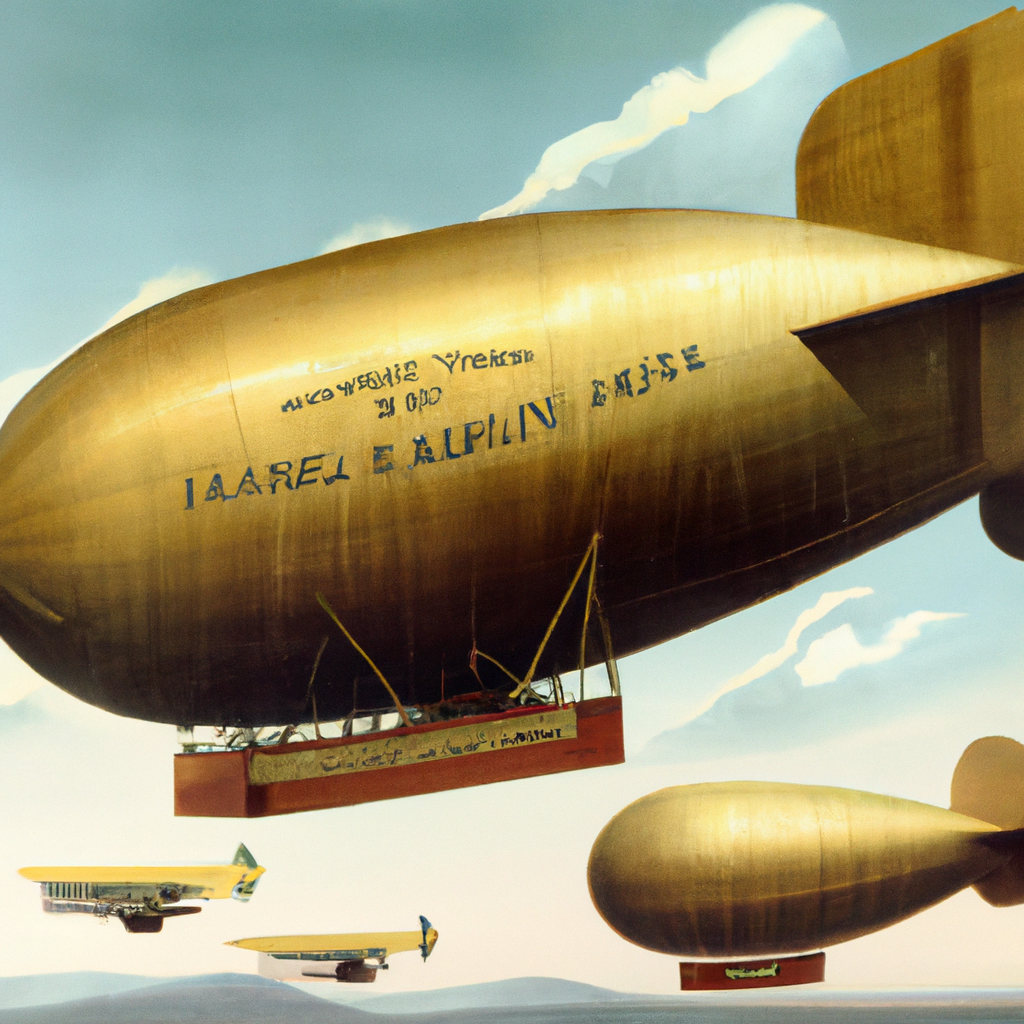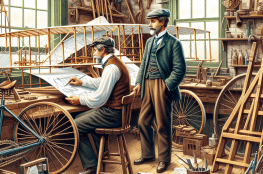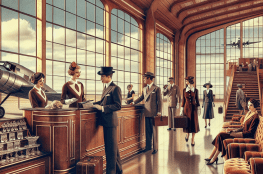The Golden Age of Airships: Remembering the Zeppelins
Ah, the golden age of airships! The era when these majestic giants ruled the skies, capturing the imagination of all who beheld their grandeur. In this blog post, we delve into the fascinating world of Zeppelins, exploring their history, technological wonders, and the unforgettable stories they left behind.
1. The Rise of the Zeppelins
The Zeppelin, named after its inventor Count Ferdinand von Zeppelin, was a type of rigid airship that revolutionized air travel in the early 20th century. These behemoths were constructed with a rigid framework of metal and covered with fabric, enabling them to stay afloat and maneuver through the air.
During the late 19th and early 20th centuries, Zeppelins gained popularity as luxurious and efficient means of transportation. They offered comfortable cabins, dining rooms, and even lounges for their passengers. Across the Atlantic, they were hailed as the epitome of luxury and style, competing against ocean liners for transatlantic travel.
2. Technological Marvels
Zeppelins were marvels of engineering, incorporating cutting-edge technology of the time. They were powered by multiple engines, usually mounted in gondolas suspended beneath the main envelope, and controlled by a skilled crew who worked tirelessly to keep the airship aloft.
One of the most notable technological advancements in Zeppelins was the use of hydrogen gas for buoyancy. Although controversial due to its flammability, it provided a powerful lifting force and enabled the airships to carry heavier loads.
3. The Zeppelin Disasters
Unfortunately, despite their technological prowess, Zeppelins were not without their share of disasters. The most well-known incident occurred on May 6, 1937, when the Hindenburg, a German passenger airship, caught fire while attempting to dock in Lakehurst, New Jersey. The incident was captured in harrowing photographs and newsreels, marking the end of the era of passenger Zeppelins.
However, it is worth noting that not all Zeppelin flights ended in disaster. These airships had a relatively safe record in terms of successful flights and landings. The Hindenburg incident, while tragic, was an exception rather than the norm.
4. Legends and Lore
Despite their decline, Zeppelins left an indelible mark on popular culture. They became the stuff of legends, featuring in numerous books, films, and artworks. These airships captured the imagination of people around the world, symbolizing the limitless possibilities and the romanticism of early aviation.
One notable example is the beloved children’s book “The Twenty-One Balloons” by William Pène du Bois. The story revolves around Professor William Waterman Sherman, who embarks on a journey aboard a hot air balloon-shaped like a ship, named the “Lighter than Air.” This whimsical tale captivates readers, showcasing the enduring fascination with airships.
5. Remembering the Zeppelins
Today, though the era of Zeppelins may be over, we still hold them dear in our memories and history. Museums, such as the Zeppelin Museum in Friedrichshafen, Germany, preserve the legacy of these magnificent airships, showcasing their impact on aviation and the world.
As we look back on the golden age of airships, let us remember the Zeppelins as pioneers of aviation, symbols of innovation, and vessels of dreams that once soared through the skies.
If you want to catch a glimpse of the grandeur of Zeppelins, check out this youtube video packed with fascinating archival footage and insights.
Thank you for joining us on this journey through time and space to explore the remarkable golden age of airships. Stay tuned for more captivating articles!
Disclaimer: The information provided in this article is based on historical events and anecdotes. Any similarity to actual events or persons is purely coincidental.



